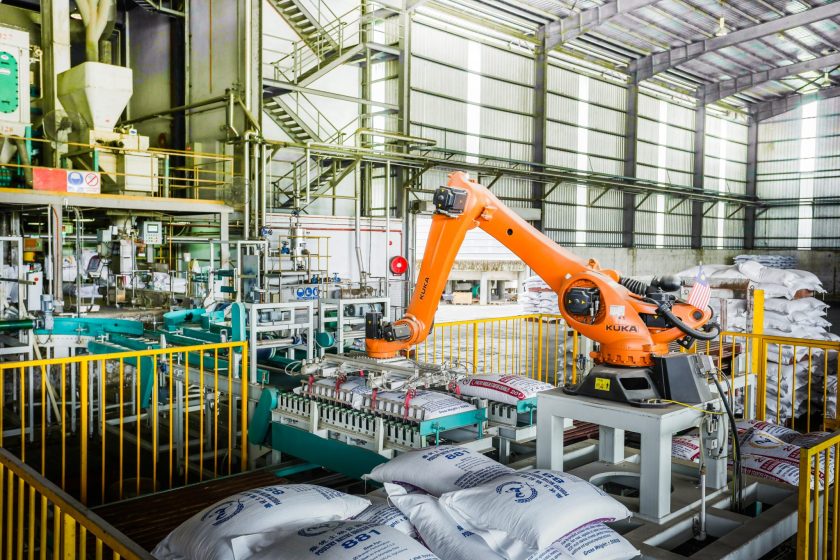Kandungan boleh didapati di: English
As of April 2025, the outlook for Malaysia’s poultry industry remains positive, bolstered by sustained low feed costs and ongoing recovery in the domestic market. According to a recent report by MIDF Research, key industry players such as QL Resources and Leong Hup International are expected to benefit from ample supply and competitive pricing of corn and soybean meal, which form the core of poultry feed formulations.
Welcoming stabilization
“Feed cost relief is playing a central role in stabilising poultry production in Malaysia,” said an analyst from MIDF. “This is creating room for producers to scale up or invest in new technology to optimise their operations.”
In addition to direct cost savings, the decline in feed prices is also alleviating pressure on the government to maintain price ceilings or subsidies. Since the removal of egg subsidies in late 2024, producers have welcomed the improved cash flow and reduced reliance on delayed reimbursement mechanisms. This has given them greater autonomy in pricing strategies and better long-term financial planning.
Signs of bouncing industry
One of the most promising signs for the industry is the renewed investment into domestic production capacity. The recent commissioning of a large broiler farm in Pahang, equipped with modern closed-house systems, indicates a growing confidence among integrators and commercial farmers.
“This is the best time in recent memory to reinvest,” said a broiler producer in Johor. “We’re upgrading our facilities to include more automation, better ventilation systems, and improved welfare standards for the birds.”
Export prospects are also seeing renewed interest. With Malaysia aiming to position itself as a key halal poultry supplier in the region, cost efficiencies from cheaper feed could boost competitiveness in overseas markets. Producers are exploring export opportunities in the Middle East and Southeast Asia, leveraging Malaysia’s existing halal certification framework.
Data driven approach to farming
Despite these positive developments, industry leaders urge caution. “The global feed market is still volatile. Any major weather disruption or geopolitical event could reverse the current trend,” noted a representative from the Federation of Livestock Farmers’ Associations of Malaysia (FLFAM).
In response, many producers are adopting a more data-driven approach to risk management. From feed procurement to flock health monitoring, digital tools are helping farmers respond swiftly to market shifts and improve cost-efficiency.
“We have to be agile,” said the FLFAM representative. “This wave of stability won’t last forever, but it can be the foundation for a more resilient industry if we use it wisely.”
With cautious optimism, Malaysia’s poultry industry appears to be entering a more stable chapter—one shaped not only by global market forces but by local readiness to evolve.

